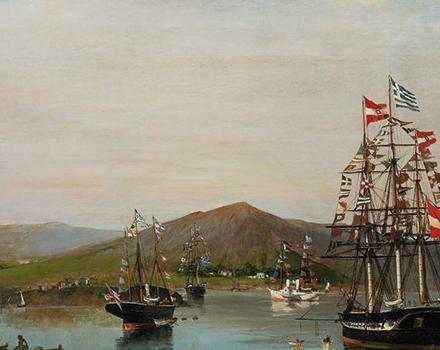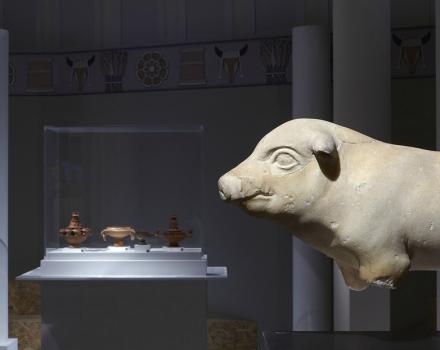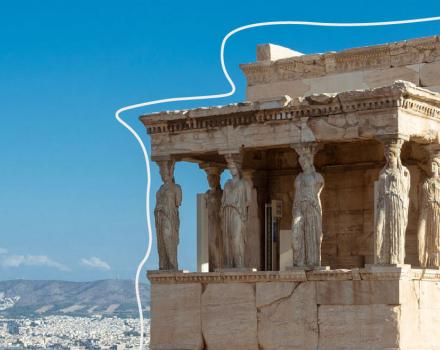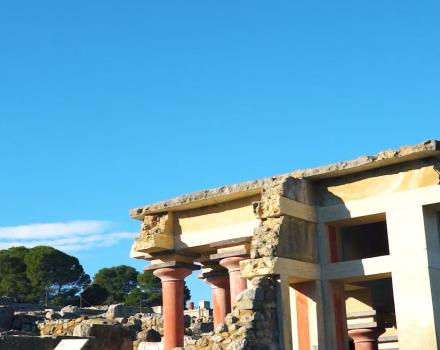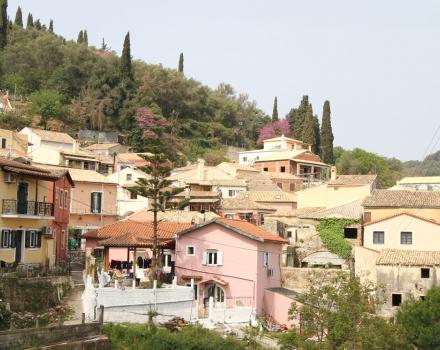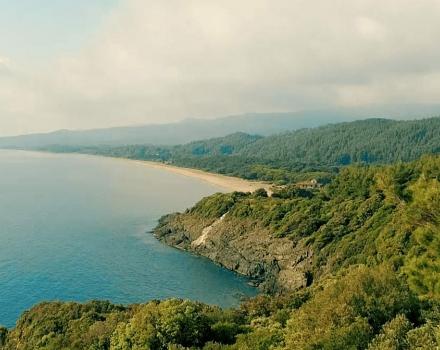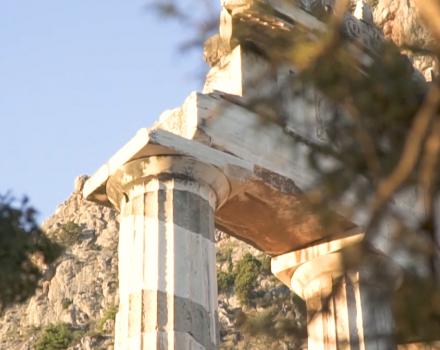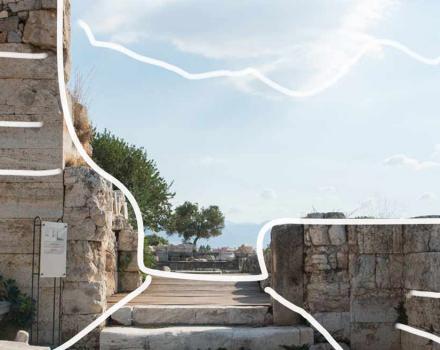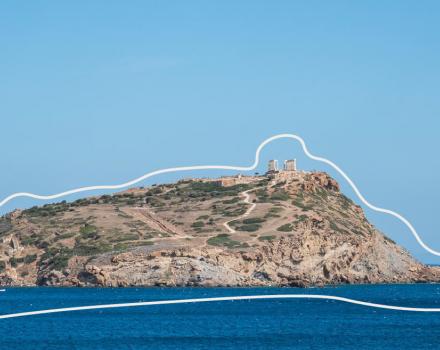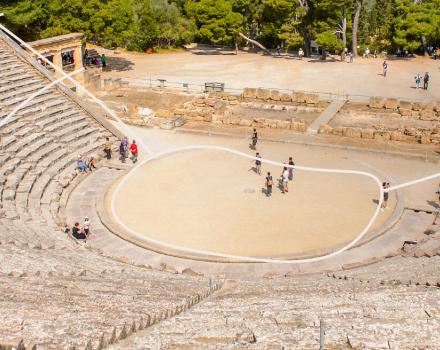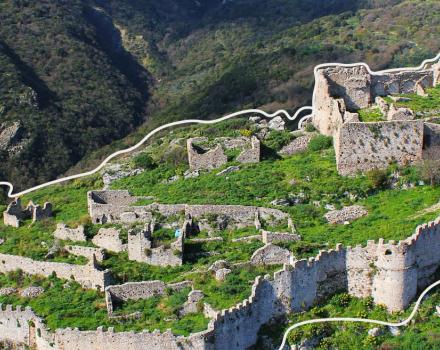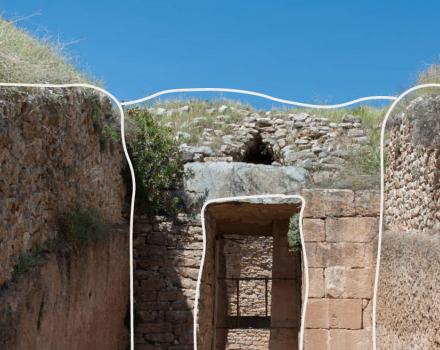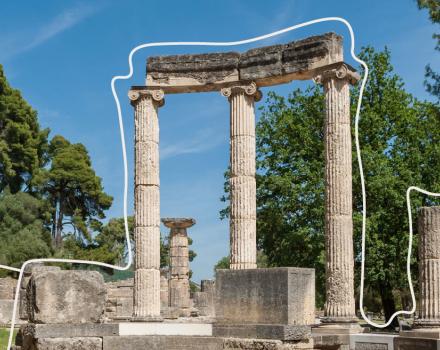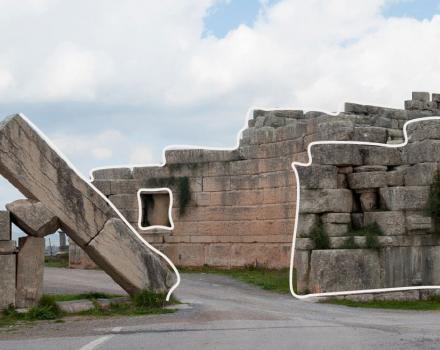Thessaloniki, August 5th, 1917. The harbor, the docks and densely built neighborhoods behind the seafront pulsing with life. The multicultural metropolis of Macedonia lives in the rhythm of a day like every other, unaware of the doom that is going to strike in the afternoon: the fire that will wipe out its historical center, but will also become motive for the birth of a new modern city on the ashes of the old.
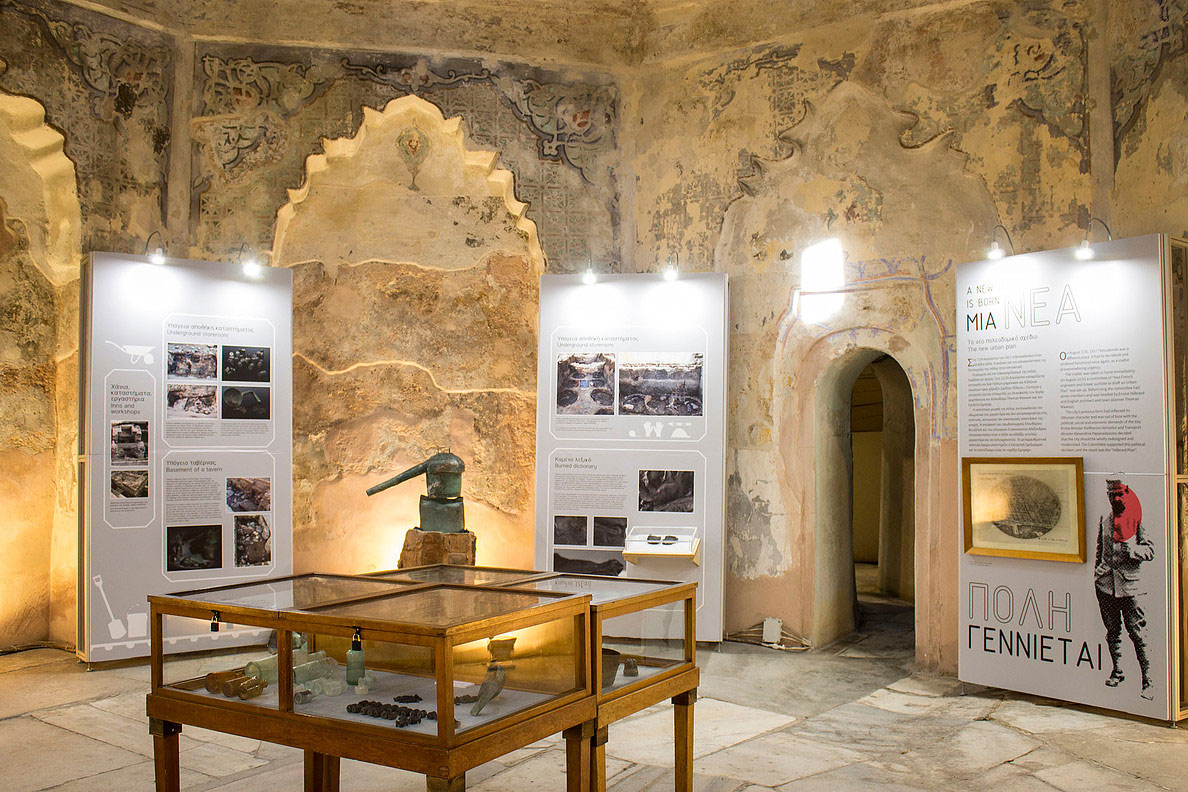
The 32-hour lasting fire had no human victims. Nevertheless, it made 70.000 people homeless and destroyed 9.500 buildings: houses, shops, hotels, mosques, synagogues and Christian temples. Much evidence exists for the early face and life of the city some of which the monuments not touched by the flames, photographs dated before the destruction and the findings that came to light during excavations for the Metro tunnels. The exhibition “1917: Monuments in Flames” of the Ephorate of Antiquities of Thessaloniki City (EFAPOTH), is hosted in one of the Ottoman monuments not destroyed, on the border with the fire-burnt zone, the Bey Hamam (Baths of Paradise).The choice of location is symbolic for an exhibition that brings, 100 year-old memories of Thessaloniki to life and presents the transformation of its historical face after 1917.
"The exhibition “1917: Monuments in flames”, brings back memories of, multicultural Thessaloniki’s daily life before the fire and follows the transformation of its historical face, post destruction.

Multicultural city
In 1917, the city was counting only five years as part of the Greek state. According to the census of 1913, the center was inhabited by 50.000 Jews, 38.000 Muslims and 21.000 Christians. In the First World War years, added to the total population of Thessaloniki (157.000) were the Army of the Orient allied expeditionary force, while entire armies were also the refugees arriving there from war-torn areas. It is rumored that the fire started at a refugee’s improvised kitchen.
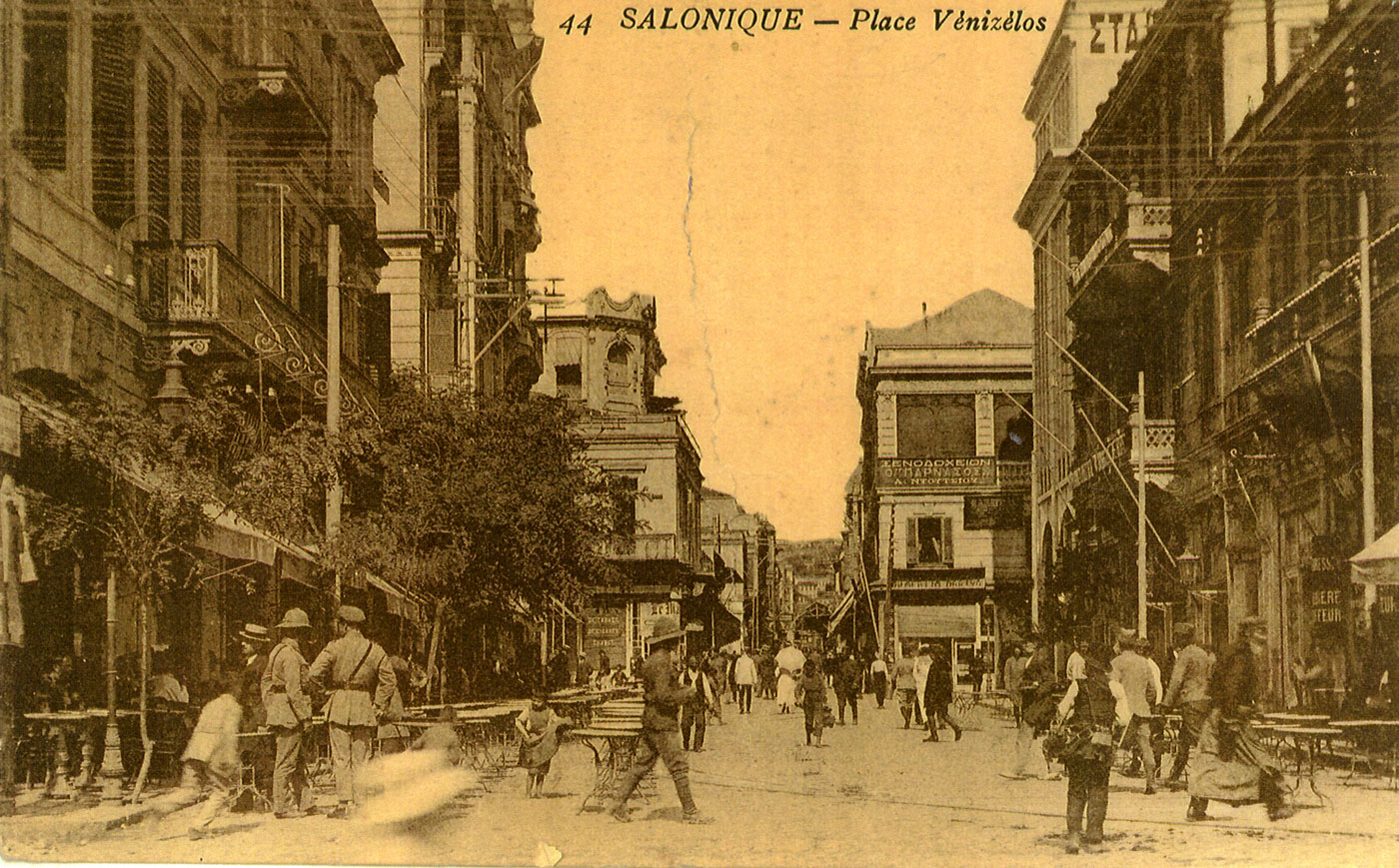
Many of the everyday voices of that time went silent because of the historical developments: Muslims left under the population exchange of 1923, Jews were the tragic victims of the 1943 Holocaust. EFAPOTH head, Polyxeni Adam-Veleni says: “Thessaloniki of 2017 is not an Ottoman city nor a new Jerusalem nor the capital of refugees. It is completely different and all of them together. The flow of history swept away people and things but has not led to oblivion”.
Islets of memory
Islets of memory, points of reference and historical constants are firstly, the city’s monuments, amongst which the restored Bey Hamam that hosts this exhibition. Built in 1444 on Byzantine church remains, Bey Hamam was the largest hamam of Thessaloniki and one of the most important in the Balkans. It was operational until the 1960s, preserving memories of daily activities, from an unknown, to us, past.
"The 32-hour lasting fire had no human victims. Nevertheless, it made 70.000 people homeless and destroyed 9.500 buildings: houses, shops, hotels, mosques, synagogues and Christian temples.
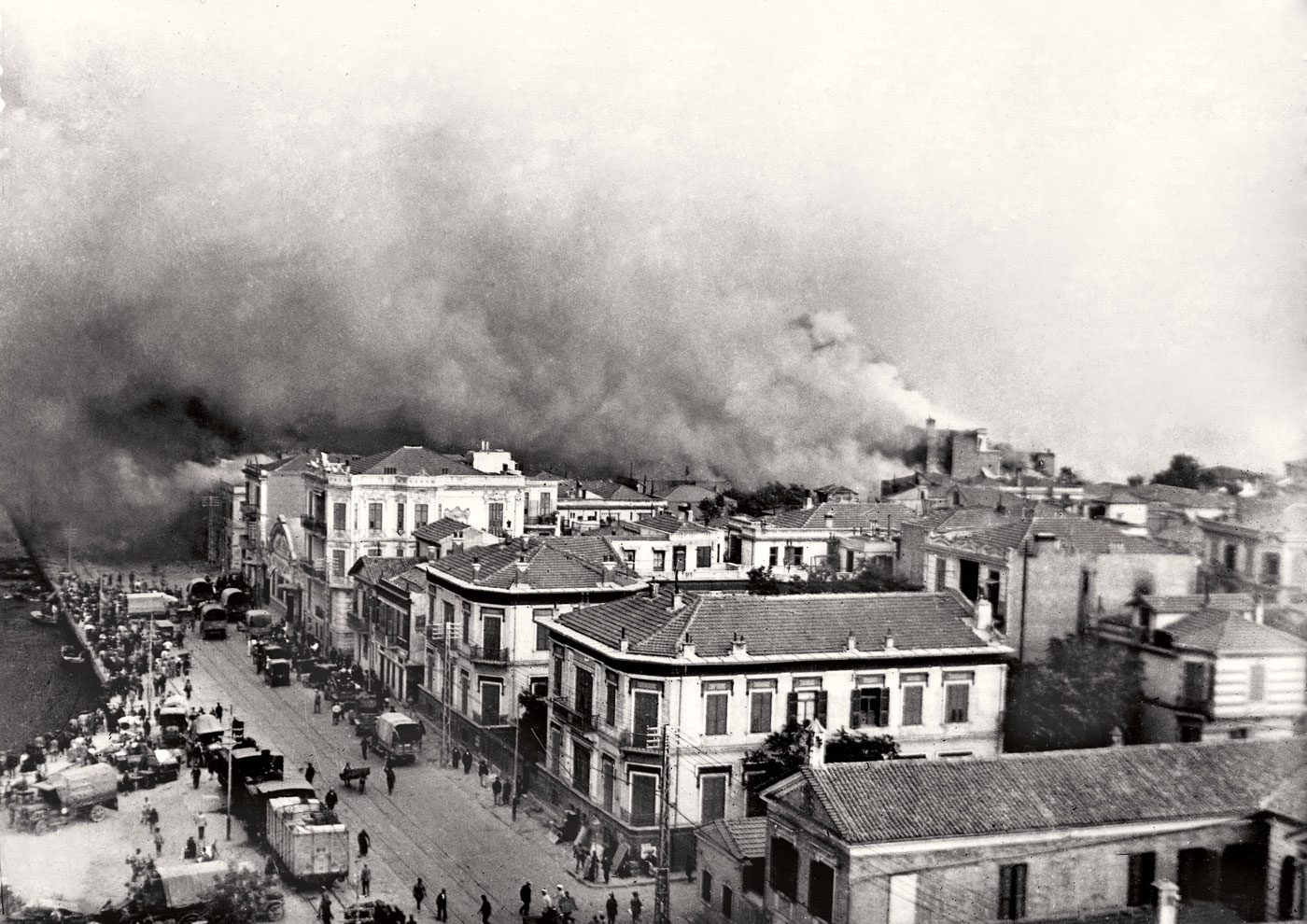
Evidence of daily life is also the objects from burnt households and shops presented for the first time to the public. They were located in the upper layer of Egnatia and Aghia Sofia Stations, during excavations performed for the Metro tunnels. Amongst them is the copper distiller of a tavern, pharmacy glass bottles, burnt beans and olive cores, sewing machine bobbins, a French newspaper cutout dated August 1917 and others.

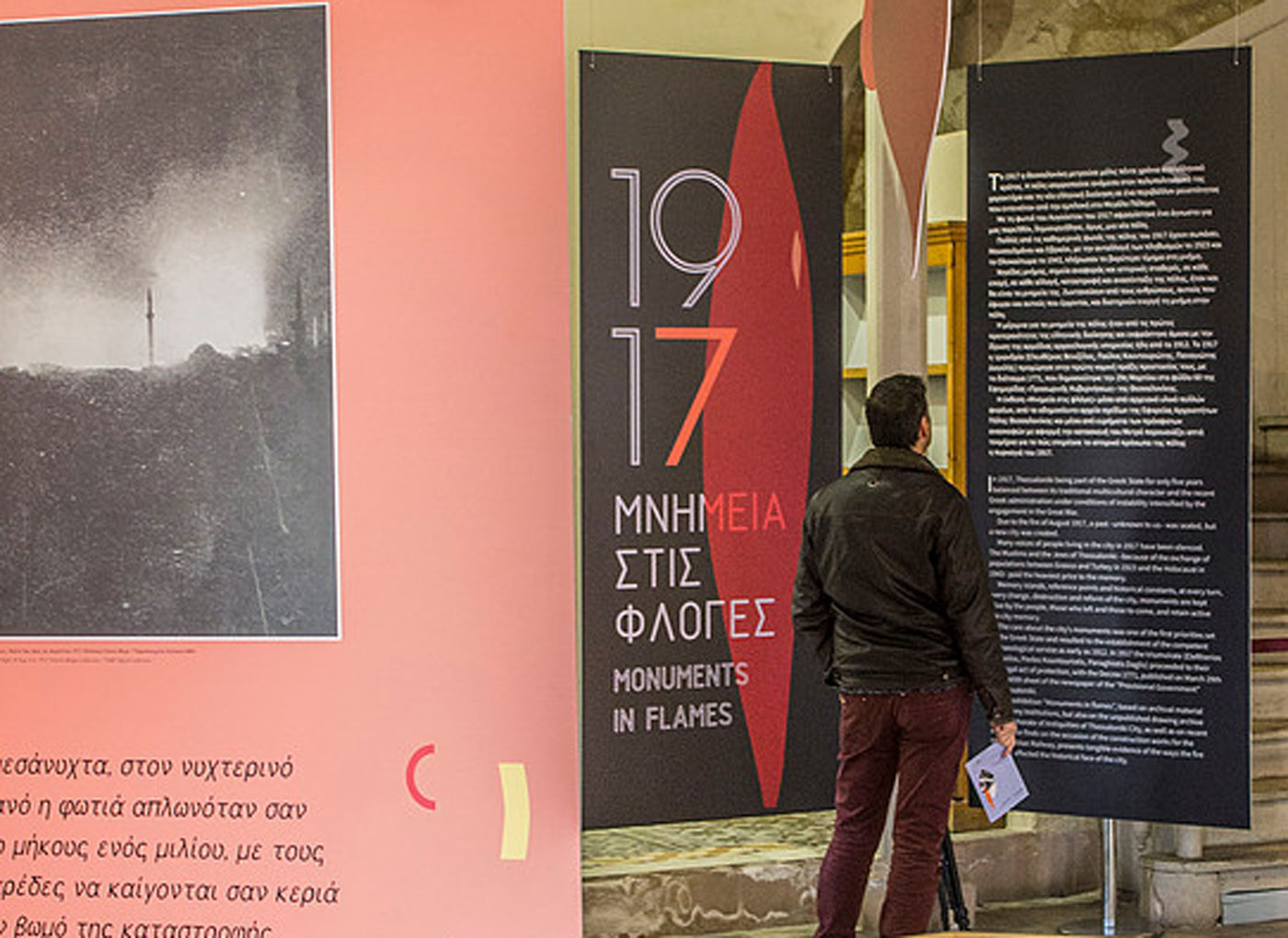
Entry is free for the public.
Before and After
Photography, twelve more institutions as well as the unpublished drawings archive of EFAPOTH. Thus, together with the pennyworth remnants that bring back memories of a different daily life, visitors witness photographs picturing Thessaloniki’s inhabitants, helpless, watching the fire wiping out their fortunes, engineers’ designs for its reconstruction and other evidence, unwrapping views of its transformation in a contemporary city.
